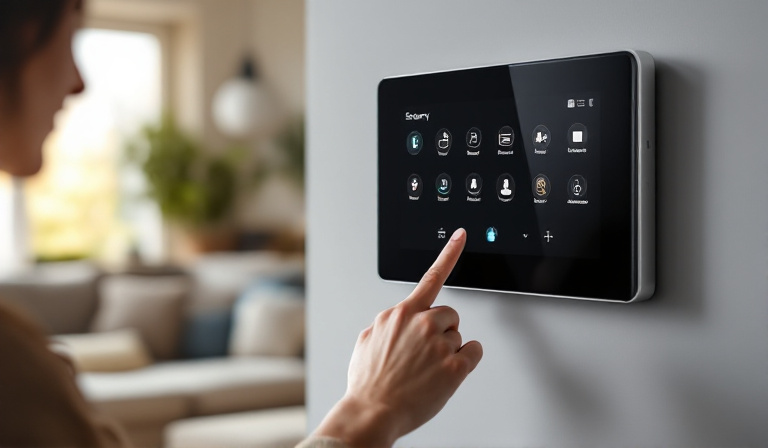
In today’s world, ensuring the safety and security of your home or business is more crucial than ever. With a myriad of security systems available, choosing the right one can be a daunting task. The challenge lies in balancing your security needs with your budget. This guide will help navigate this process, offering insights into making an informed decision.
Understanding Your Security Needs
Before diving into the specifics of security systems, it’s essential to assess your unique requirements. Ask yourself what you are most concerned about. Is it burglary, fire, or perhaps unauthorized access? Identifying these needs will help narrow down your options.
Types of Security Systems
There are various types of security systems, each offering different levels of protection:
- Intrusion Detection Systems: These systems alert you to unauthorized entries. They can range from simple door alarms to advanced motion sensors.
- Surveillance Cameras: Ideal for monitoring and recording activities. Modern cameras come with features like night vision, motion detection, and remote access.
- Access Control Systems: These restrict entry to authorized personnel only, using keycards, codes, or biometric data.
- Environmental Sensors: Devices that detect smoke, carbon monoxide, or water leaks.
Budget Considerations
Security systems can be a significant investment, so it's vital to understand what you're willing to spend. Here are some factors to consider:
Initial Costs
The initial setup cost can vary widely based on the complexity and features of the system. Basic alarms may be affordable, but systems with advanced features like video analytics could be more expensive.
Installation Fees
Some systems require professional installation, which adds to the cost. Others, like DIY systems, can be set up without professional help, saving money.
Ongoing Expenses
Consider the long-term costs, including monitoring fees, maintenance, and potential upgrades. Subscription-based systems can have monthly fees, whereas others might only require occasional updates.
Features to Look For
When evaluating security systems, look for features that align with your needs and budget:
Scalability
Your security needs may change over time. Choose a system that allows you to add or remove components as necessary.
Smart Technology Integration
Many modern systems offer integration with smart home devices, allowing for seamless control via smartphones or voice commands.
Reliability and Support
Ensure the system you choose is known for reliability and comes with robust customer support. Checking reviews and ratings can provide insight into a system’s performance.
Customizability
Some systems allow customization to fit specific needs. Whether it's adjusting camera angles or setting unique access codes, having control can enhance security.
Making an Informed Decision
After assessing your needs and understanding your budget, it’s time to make a decision. Here are some practical steps:
Research and Compare
Spend time researching various systems, comparing features, and reading user reviews. Websites and forums can provide valuable user experiences and recommendations.
Consult a Professional
If you’re uncertain, consulting a security expert can provide clarity. They can assess your property and recommend systems that fit your needs and budget.
Test Before Committing
Whenever possible, test a system before making a final decision. Many companies offer trial periods or demonstration kits. This hands-on experience can be invaluable in making the right choice.
Final Thoughts
Choosing a security system is a vital step in safeguarding your home or business. By carefully balancing your needs with your budget, you can find a solution that provides peace of mind without breaking the bank. Remember, the best security system is one that adapts to your lifestyle and offers reliable protection.
Ultimately, investing in a security system is about more than just equipment; it’s about investing in peace of mind. With careful consideration and planning, you can ensure that your choice not only fits your current needs but is also adaptable for future requirements.

